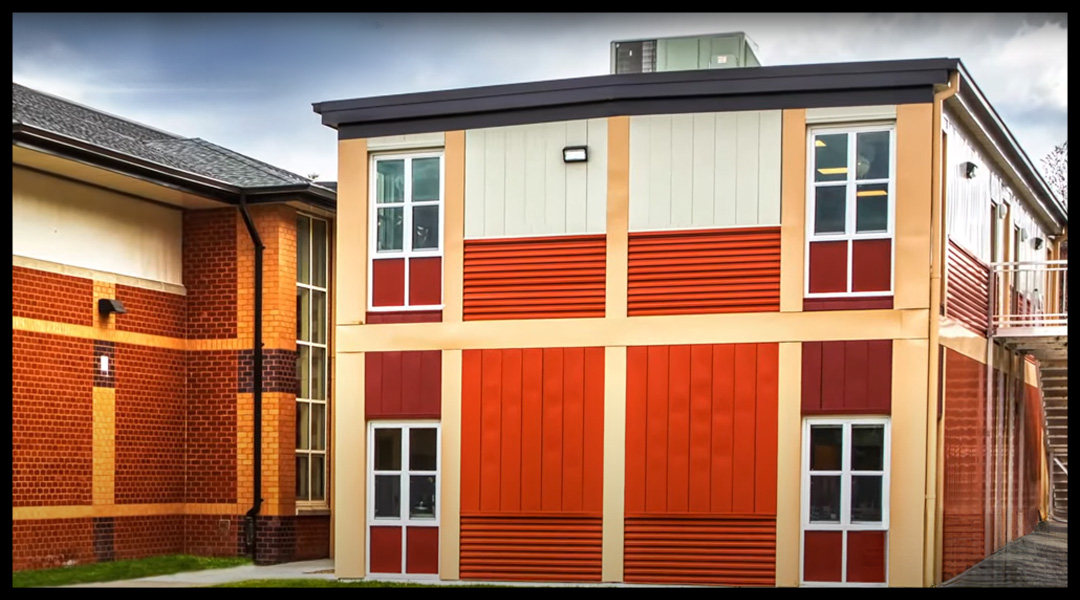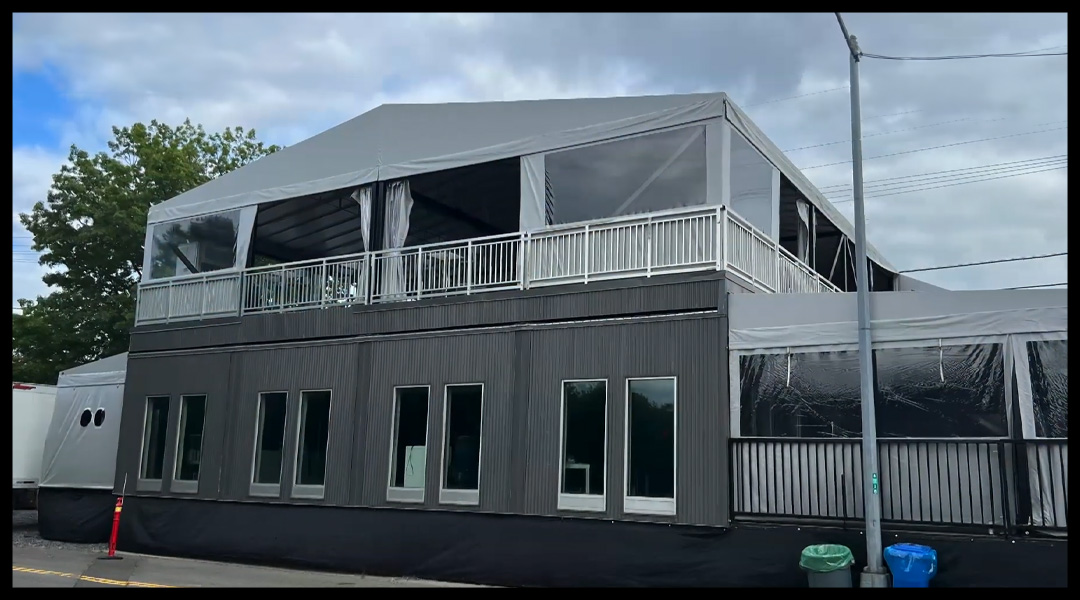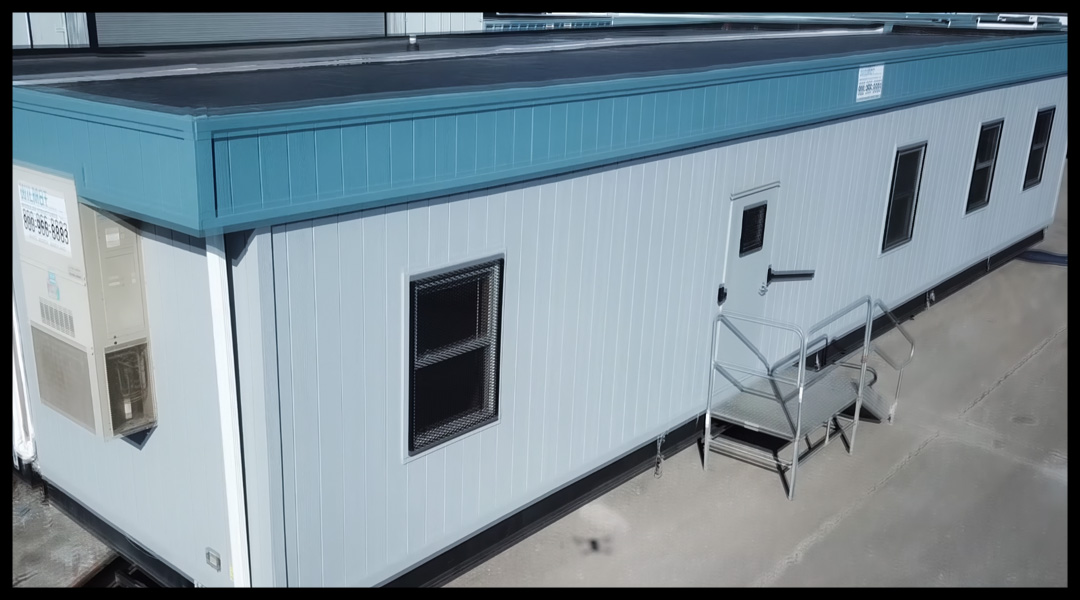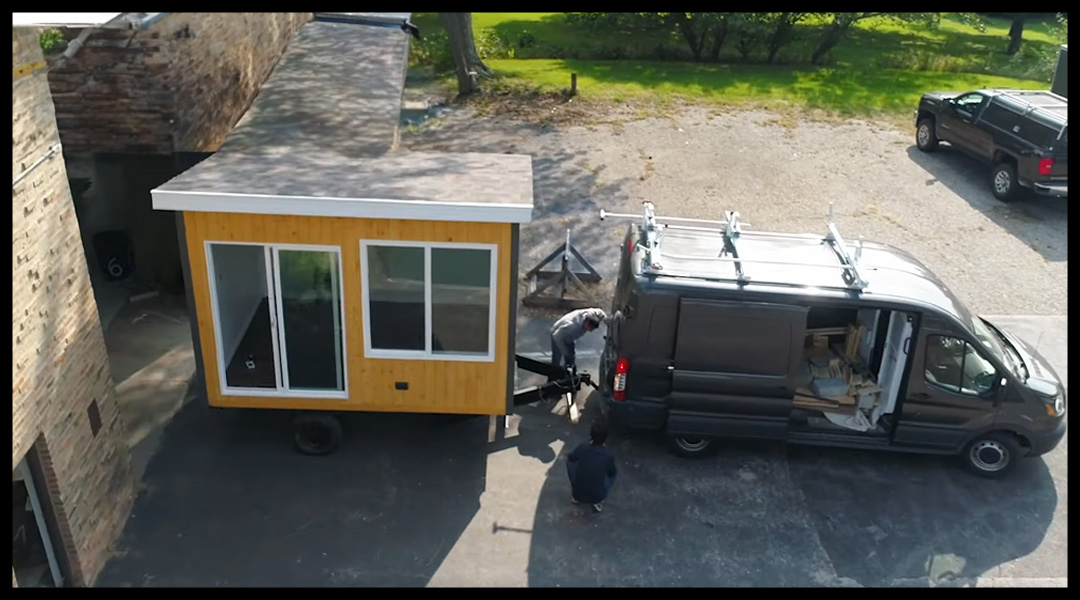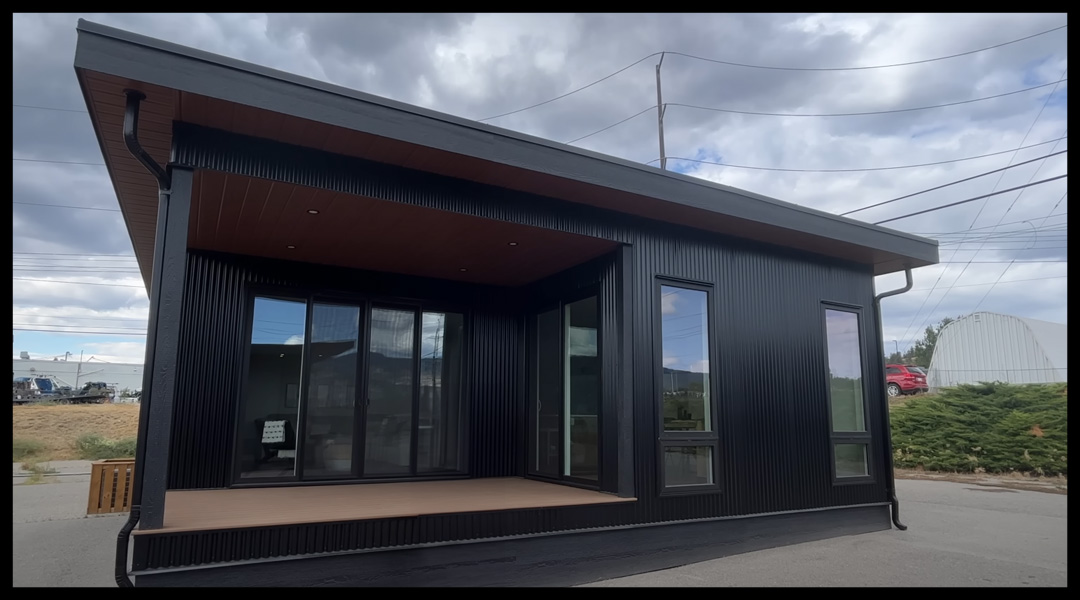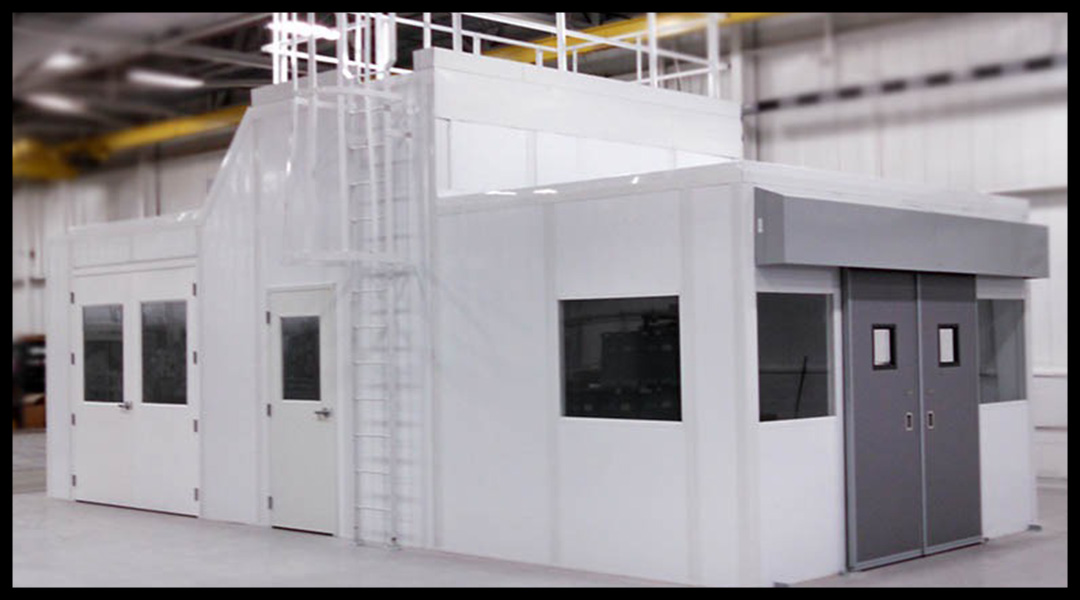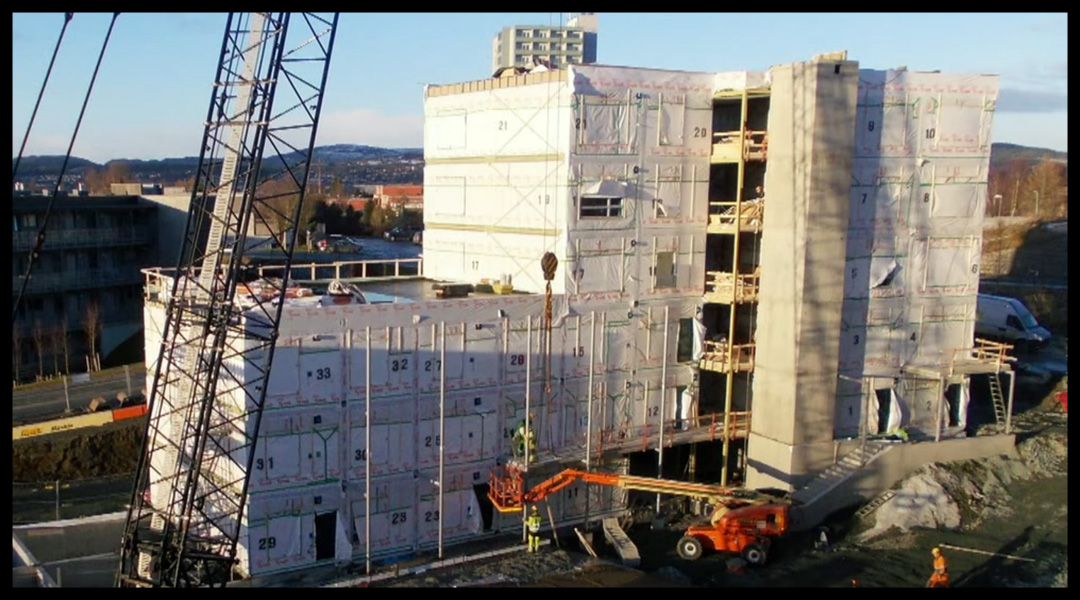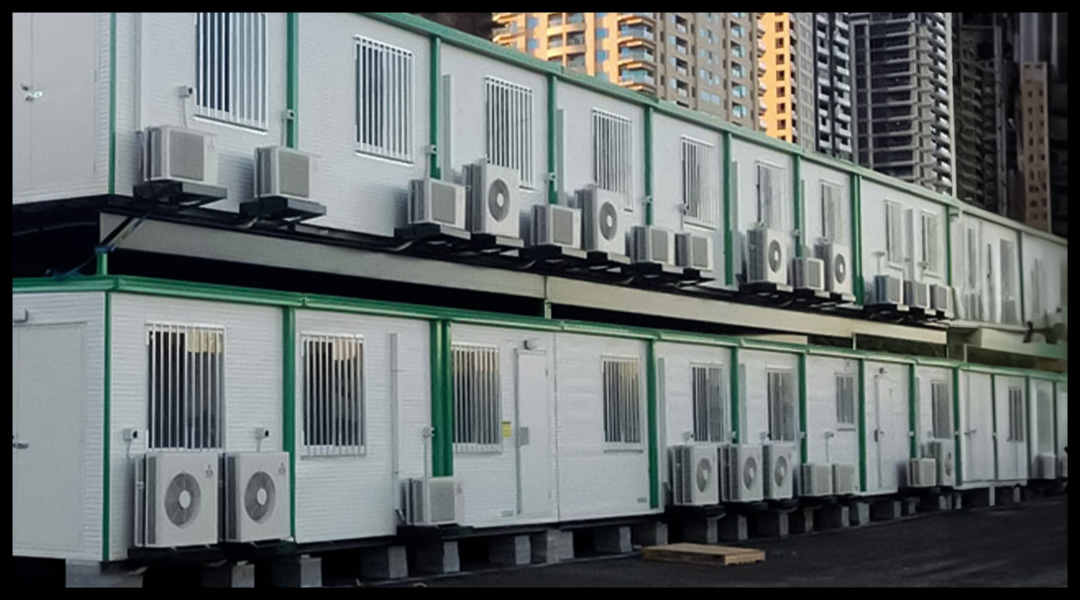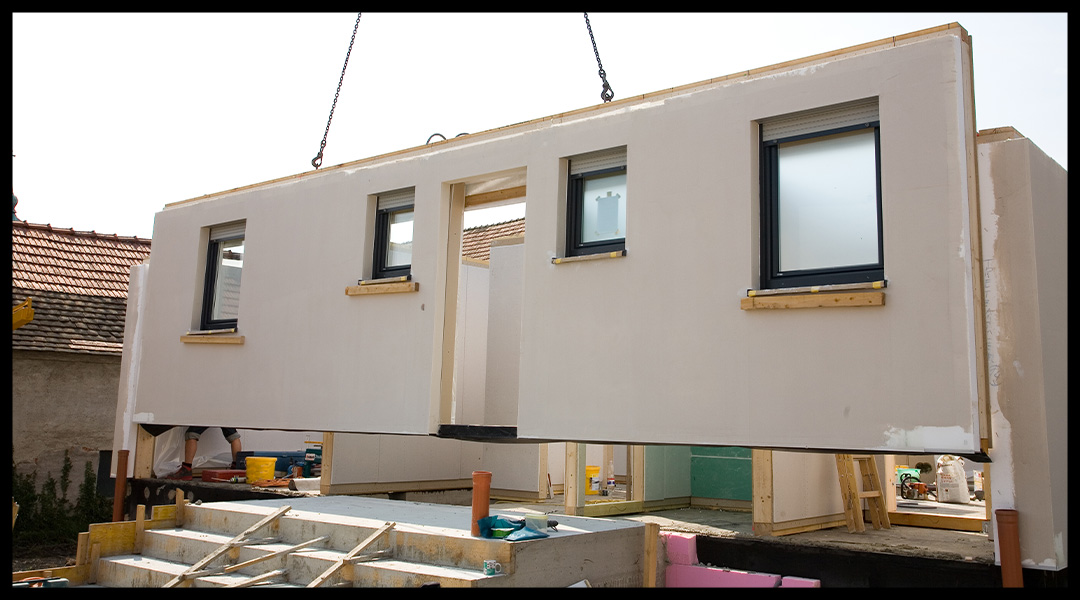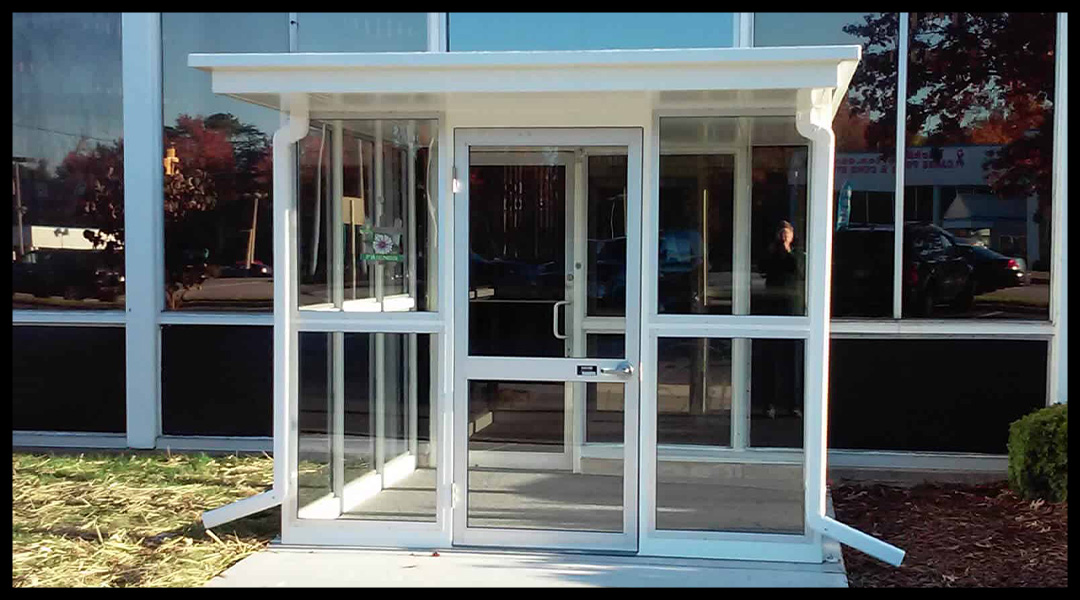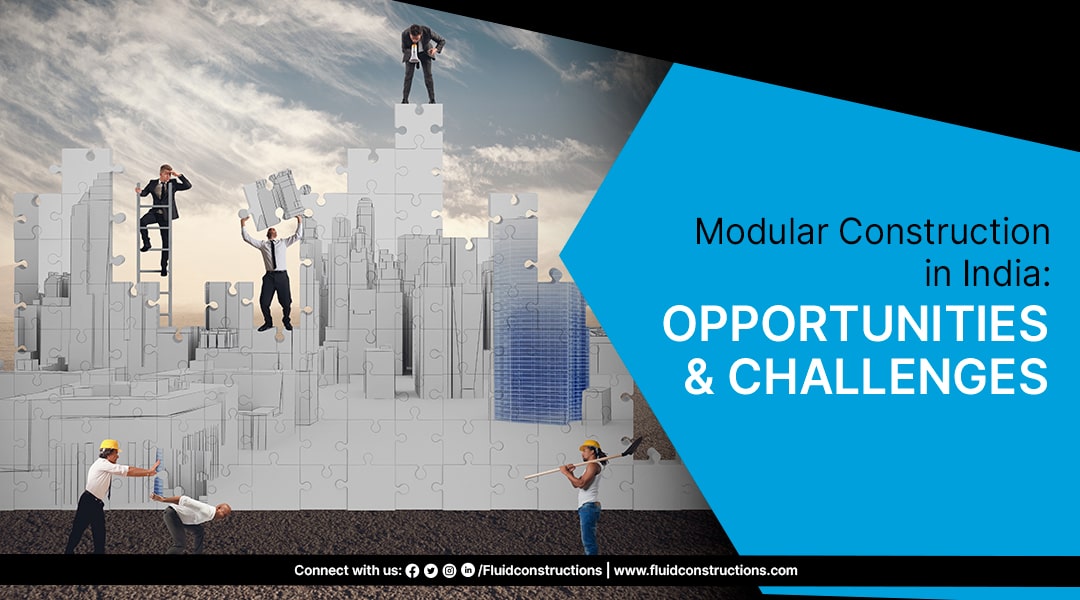
Modular Construction in India: Opportunities & Challenges
Every year, affordable housing is mentioned as a major thrust area in the union budget. But with construction being a capital and labor-intensive industry, how much affordability can housing projects achieve? Well, not much in the conventional method but substantially with the new pathbreaking technological innovations like 3D printing and modular constructions. In this blog, we’ll look at the impact of modular construction in India.
What is Modular Construction?
This is a totally different method of building construction in which pre-fabricated 3-dimensional modules are installed as per the floor design. Sections of homes (1/2/3 BHK), offices, and hospitals are manufactured in a factory and then transported and assembled at the site.
The roofing is done once the units are assembled. Then comes the fixing of doors and windows, and other internal and external finishes. However, you require proper planning, precise manufacturing, and assembly.
This method produces a higher-quality building in less time, with more predictable costs and fewer environmental impacts such as reduced material use and waste.
Modular construction must adhere to the same building code (NBC) requirements as traditional construction methods, and each module is built using the same building materials and standards. All modules must meet the requirements of the building, safety, and occupancy codes.
Because site preparation and module fabrication occur concurrently, modular construction can reduce the overall project construction timeline by 30 to 50%. As a result, the return on investment is quick. A shorter construction time means significant cost savings.
The modular construction approach is generally safer for workers, with fatal injury rates significantly lower in overall modular construction manufacturing than in traditional on-site construction.
Modular Construction in India
Although at a slow pace, modular building systems are gaining ground in India. Currently, a handful of contractors and builders have adopted this technique for selective projects. But, their number is bound to rise significantly in the coming years.
According to surveys, the modular construction market in India is expected to grow at a rapid pace between 2023 and 2026. The country’s ongoing urbanization drive is said to be the prime mover for India’s modular construction market.
The country’s laws and regulations on green and environmentally friendly construction systems with lower emissions will also encourage the modular construction market to expand further.
However, the market’s expansion is expected to be hampered by a shortage of professional workers in the production and installation of modular construction. Furthermore, the difficulties associated with module transportation will stymie market growth.
Once completed, the maintenance costs of modular buildings are relatively low because they do not require much heating, repair, or surface repair. Airtight modular building structures ensure energy efficiency. Modular construction can be used to achieve affordability and cost control on a project, if those are the primary concerns.
In India, the government is currently aiming to provide housing for all, which will necessitate the construction of 30 million low-cost houses as well as the development of 98 smart cities. Both of these proposals are expected to improve the modular system.
Advantages and Disadvantages of Modular Construction
The opportunities for modular construction in India are simply great, as there are very large requirements for modular flats, offices, shops, hospitals, etc. While technology has some major benefits, there are some challenges too. Let’s take a look.
Advantages of Modular Construction
- Huge cost advantage: Labour deployment is drastically low. No stocking of materials. Almost nil wastage.
- Huge time saving: Compared to linear construction methods in traditional construction, modular construction allows lateral or vertical growth almost simultaneously.
- Very low compliance risks: Compliances regarding safety hazards, labor laws, etc. are minimal.
- No compromise in quality: Durability is comparable to traditional construction.
Disadvantages of Modular Construction
- Cost reduction varies with the scale of production of similar modules – Economies of scale apply in modular construction.
- Design part to be completed upfront – The design of the modular construction is often complex and requires to be completed before the start of production.
- Requires experts – Experts in modular construction are scarce. It necessitates that architects, engineers, and contractors understand the complexities of the modular fabrication and erection stages.
- Difficulties and risks in transportation – Modules are generally pre-fabricated in a factory miles away. So they must be transported directly to the job site or staged at a nearby location very carefully, before being set in place. Transporters and riggers must be extremely cautious with each module, as a single mishap during transportation could result in significant repairs or replacement. This could potentially stall an entire installation sequence.
Modular vs. traditional construction
Modular construction and traditional construction are two methods of building structures, each with its own set of benefits and drawbacks. Traditional construction entails constructing a structure on-site with a variety of building materials, such as wood, concrete, and steel. Modular construction, on the other hand, entails constructing a building off-site in a factory, with sections or modules that are then transported to the building site and assembled on-site. Here are some key distinctions between the two approaches:
Which one is faster and more efficient?
Modular construction is generally faster and more efficient than traditional construction because it involves the use of pre-built modules that can be assembled quickly. Traditional construction, on the other hand, involves a more complex process that can be slowed down by factors such as weather conditions and the availability of materials.
Is modular construction cheaper than traditional construction?
Modular construction can be more cost-effective than traditional construction due to the reduced time required for construction and the ability to optimize manufacturing processes. However, the cost of transportation and assembly of the modules can sometimes offset the initial cost savings.
Which one is more flexible?
Traditional construction offers more flexibility in terms of customization, as the structure can be built to exact specifications on-site. Modular construction, however, may have more limitations due to the standardized size of the modules.
Which one provides more sustainability?
Modular construction can be more sustainable than traditional construction due to the ability to optimize material usage and reduce waste. Additionally, modules can be recycled and repurposed after their initial use, reducing the overall environmental impact.
While both traditional and modular construction have their own unique advantages and disadvantages, the choice ultimately depends on the specific needs of the project. Factors such as cost, speed, customization, and sustainability should be carefully considered when making a decision.
Types of Modular Buildings in India
Modular construction companies are classified into two categories based on the modular building systems they specialize in permanent and temporary modular construction.
Permanent Modular Construction
The facilities in a permanent modular construction (PMC) are built for permanent use in the same location where they are assembled. PMC uses advanced offsite manufacturing methods to prefabricate the building sections. PMC buildings, like traditional real estate properties, are not intended for relocation.
PMC structures are built on permanent concrete foundations and can either stand alone or be retrofitted to an existing structure. Because they are designed to be stationary for an extended period of time, they are made of highly durable materials such as steel, wood, and concrete.
PMC provides excellent architectural design as well as highly flexible customization options, such as the addition of lobbies, elevators, and stairwells. PMC is used in the construction of multi-story buildings, schools, offices, and housing. However, depending on the size and complexity of the structure, PMC buildings can take longer to assemble.
Temporary Modular Construction (Relocatable Buildings)
The facilities, known as “relocatable buildings,” in temporary modular construction (TMC) or non-permanent construction, are designed to be mobile so that they can be repurposed and transported to different sites as needed.
Relocatable buildings, like PMC-built facilities, adhere to the governing construction standards and codes. Their modular parts are also manufactured in a controlled environment within a factory using advanced manufacturing techniques. Buildings that can be moved can be leased for a set period of time or purchased outright.
Relocatable buildings are ideal for situations where facilities must be constructed quickly. These facilities include temporary housing, clinics, medical facilities, stores, and commercial spaces. Because relocatable buildings are only on-site for a short time, they are made of lightweight wood and rigid plastic. As a result, they can be designed to be tough and durable to withstand multiple relocations. However, they have lower layouts, designs, and customization options.
Examples of Modular Construction in India
India may see a sharp rise in the following types of modular constructions:
Mobile offices: Portable workspaces designed for flexibility, allowing businesses to operate on the go, catering to the dynamic needs of modern work environments.
Portable offices: Easily transportable office units providing a quick and adaptable solution for temporary workspace needs, commonly used in project sites or events.
Prefabricated booth: Ready-made structures assembled off-site, offering a cost-effective and time-efficient solution for creating enclosed spaces such as ticket booths or information kiosks.
Equipment booth: Customizable enclosures designed to house specific machinery or equipment, ensuring a secure and organised environment for operational needs.
Modular equipment building: Structured sections assembled to create dedicated spaces for specialised equipment, providing a modular and scalable solution for industrial purposes.
Portable Building: Easily movable structures adaptable for various functions, serving as temporary offices, classrooms, or facilities in locations with changing needs.
Prefabricated building: Entire structures manufactured off-site and transported for assembly, providing a swift and efficient solution for constructing residential or commercial spaces.
Prefabricated vestibules: Pre-manufactured entrance structures added to existing buildings, enhancing aesthetics and functionality while offering a quick and efficient expansion option.
Take away
Modular construction is one of the most recent and high-tech architectural and construction innovations. It is rapidly evolving as a productive or potent alternative to traditional on-site buildings. Despite some challenges, modular construction promises to deliver quality output and satisfactory results through quantitative analysis, as determining approximate estimates is a significant issue in the industry. It offers a diverse range of social, environmental, and economic benefits, contributing to its long-term viability.

